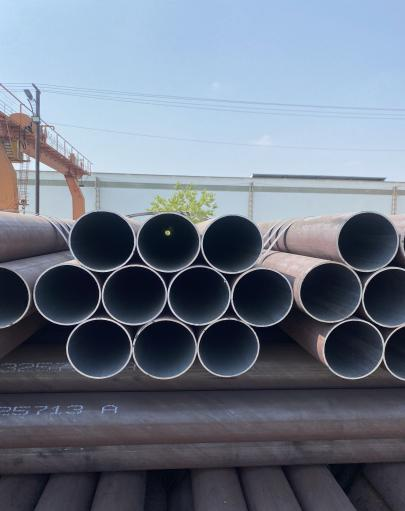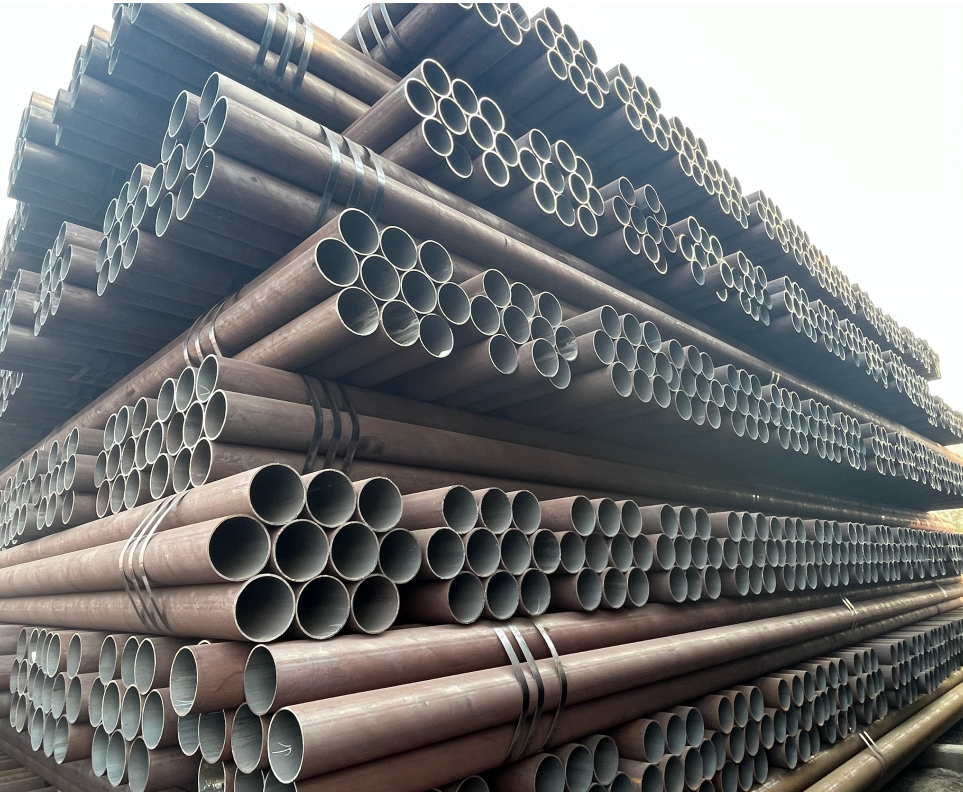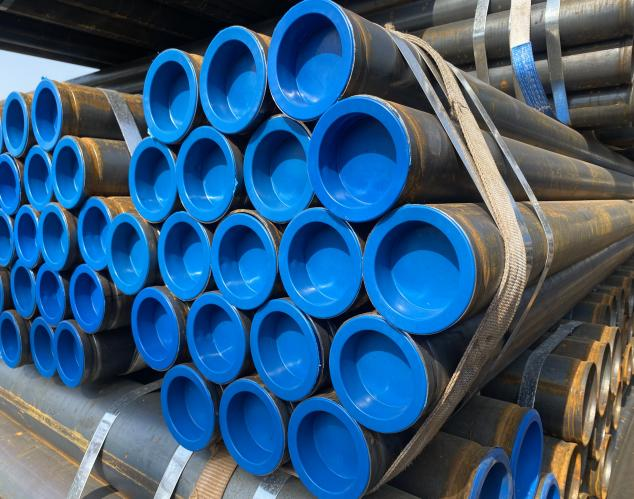(I) Define
Seamless steel pipes are mainly processed into hollow tubes from solid steel billets through processes such as hot rolling, cold rolling, or cold drawing. The core processes include heating, perforation, rolling, sizing, and finishing.
Hot rolling method is suitable for large-diameter pipes, cold rolling / cold drawing method is suitable for high-precision small-diameter products, and extrusion method is suitable for high-strength alloy steel pipes
CREDIT

(II) Main production processes and procedures
The production methods of seamless steel pipes can be divided into the following three categories, and there are differences in their process flow:
1、Hot rolling method (accounting for 80% -90%).
Tube billet preparation: Select circular/square steel billets, inspect surface defects, and cut them into the required length.
Heating: Heat the tube blank to 1200-1300 ° C to soften it (temperature needs to be precisely controlled to prevent performance degradation).
Perforation: Using a two roll oblique piercing machine, hollow tubes are formed through the rotation of the rolling mill and the action of the top.
Rolling tube: The raw tube is subjected to multiple hot rolling processes to reduce its thickness and form a blank tube.
Sizing/reducing: adjusting the outer diameter and wall thickness to standard dimensions
2、Cold rolling/cold drawing method (accounting for 10% -20%).
Acid washing and lubrication of raw materials: remove oxide scale and reduce processing friction.
Cold rolling: Rolling in the annular pass of a two roll mill to improve dimensional accuracy.
Cold drawing: Stretch steel pipes at room temperature to further reduce diameter, and control the reduction rate to prevent cracking
3、Squeezing method.
Suitable for high-strength alloy steel pipes, the heating tube blank is placed in a closed cylinder and extruded into shape through a perforated rod.

(III) Purpose
1 、Seamless pipes have a wide range of applications.
Seamless pipes for general use are rolled from ordinary carbon structural steel, low-alloy structural steel, or alloy structural steel, with the highest production volume, mainly used as pipelines or structural parts for transporting fluids.
2、Supply is divided into three categories according to different purposes:
a. Supply according to chemical composition and mechanical properties;
b、Supply based on mechanical performance;
c、Supply according to water pressure test
Steel pipes supplied according to categories A and B, if used to withstand liquid pressure, also need to undergo hydrostatic testing.
3、There are various types of seamless pipes for specialized purposes, such as seamless pipes for boilers, seamless pipes for geology, and seamless pipes for petroleum

